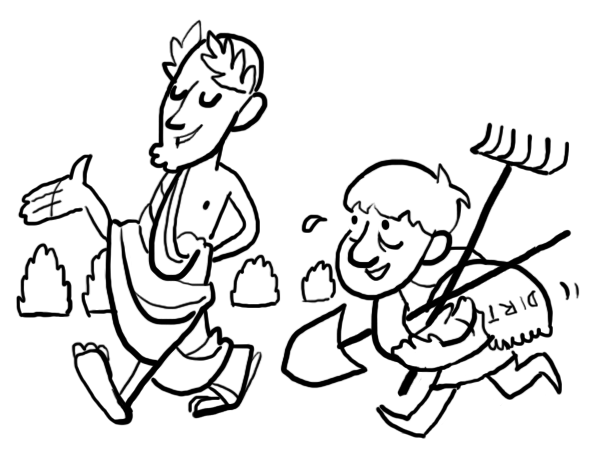From Classical to Contemporary
The history of outdoor learning is a very interesting and complex one, with some contentious periods. Extending back to Plato and Epicurus in Ancient Greece, teachers have long understood the importance of learning outside. Indigenous teaching continues to emphasize the significance of relationships with the land for learning. As Michi Saagiig Nishnaabeg scholar Leanne Betasamosake Simpson (2014) writes, “the land is our best teacher.”
The term ‘kindergarten’ refers back to the first kindergartens (literally, children’s gardens) in Germany and were created by Friedrich Fröbel who believed that, “children should learn through sensorial experiences and not through…the mere explanation of words” (Frobel, 1897 translated by Jarvis, p.5, cited in Herrington, 2001, p. 31). Many educational theorists from this time were interested in experiential education connecting children to nature, theory to practice, schooling to life, and school to home and community through practical learning in gardens.
While historically outdoor classrooms weren’t always inclusive, and were sometimes bound up with external political ideologies, we ought to work to make the outdoors an inclusive space for learning and play. The historical legacies of outdoor learning and school gardens remind us to always carefully consider underlying ideologies in our educational spaces and practices, and to ensure that outdoor education and school ground design are in the best interest of all children. We can keep asking ourselves: Who are these spaces for? What values are these spaces teaching? Which individuals and communities are included in the design and implementation of these educational spaces?
In today’s diverse urban and rural communities, outdoor learning spaces need to be accessible to students, teachers, and communities of diverse cultures, abilities (physical, emotional, and intellectual), languages, socio-economic classes, genders, sexual orientations, and ages. While this history offers a cautionary tale, this should compel us to include children when we create imaginative and fun space for play, for learning – since, ultimately, it is children themselves who have consistently emphasized the centrality of play as the path to learning in all their indoor and outdoor environments.
Outdoor learning provides the opportunity for learning about a diverse range of issues, such as climate change and food security. Curriculum links can be drawn to science and math, as well as many other subjects. Please see the Curriculum Connections section.
